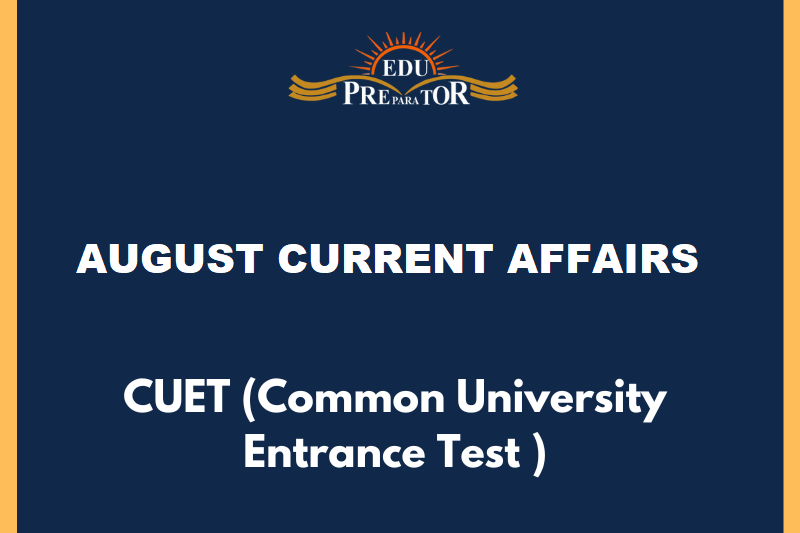
Polity
Supreme Court's Ruling on Sub-Categorisation within Scheduled Castes
Introduction and Background
- Recently, a 6:1 landmark verdict by the Supreme Court of India paved the way for sub-categorisation within Scheduled Castes in reservations, thereby widening the scope of protection for underrepresented groups.
- This historic development comes against the backdrop of the Court's 2004 decision that posited the disregard of sub-classification among Scheduled Castes for reservation, claiming it would violate the equality rights. Back then, the court insisted that the Scheduled Caste list should be approached as a uniform, unsegmented group.
- In recent years, states like Punjab, Bihar, and Tamil Nadu have attempted to integrate reservation laws at the State level, aiming to sub-classify Scheduled Castes.
Historical Antecedents
- The roots of the case date back to 1975, when the Punjab government created a two-tier division in its Scheduled Castes reservation. This action intended to provide a safety net for the Balmiki and Mazhabi Sikh communities, which were economically and educationally backward.
- A legal dispute arose when a somewhat similar law manifested by Andhra Pradesh in 2000 was abolished by a five-judge Constitution Bench in 2004.
Debating the Legality of Sub-Categorisation
- In E. V. Chinnaiah v State of Andhra Pradesh (2004), the judgement stated that all communities listed under Scheduled Castes in the Presidential List, as per Article 341 of the Constitution, constitute a broad class for reservations.
- Further, the State was deemed not empowered enough to produce sub-classifications within this broad class, arguing that such an action contradicted the Right to Equality.
- Presently, all plans revolve around the Supreme Court as it organises its larger Constitution Bench to decide the matter.
Examining Previous Committees and Commissions for Sub-categorisation
- Committees for Sub-categorisation include the Committee of Secretaries, which comprises five members from various ministries and is chaired by the Cabinet Secretary.
- Past Commissions that have deliberated the issue include the Justice P. Ramachandra Raju Commission (1996) and the National Commission (2007).
Revisiting the 2004 Judgement
- The present court is revisiting the EV Chinnaiah vs. State of Andhra Pradesh case (2004), which claimed Scheduled Castes form a uniform group, thereby making no room for a sub-division amongst them.
- The need to modify this ruling is presently being scrutinised.
Significance and Implications of Recent Judgements
- The introduction of sub-categorisation within Scheduled Castes promises to address the widespread inequalities among SC communities, providing opportunities to those with lesser access to basic facilities.
- This change also aims at ensuring equitable distribution of benefits to all castes within the Scheduled Castes category and recognising the diversity that exists within the SC community.
Anticipated Challenges
- Legal challenges stem from the fact that the State lacks the power to independently sub-categorise communities listed under Scheduled Castes or Scheduled Tribes.
- Practical challenges arise from outdated socio-economic and population data of Scheduled Caste, Scheduled Tribe, and OBC categories.
- The issue of untouchability, from which the Scheduled Castes have historically suffered, calls for the present approach of special treatment to be reassessed.



Comments
Nam cursus tellus quis magna porta adipiscing. Donec et eros leo, non pellentesque arcu. Curabitur vitae mi enim, at vestibulum magna. Cum sociis natoque penatibus et magnis dis parturient montes, nascetur ridiculus mus. Sed sit amet sem a urna rutrumeger fringilla. Nam vel enim ipsum, et congue ante.
Cursus tellus quis magna porta adipiscin
View All